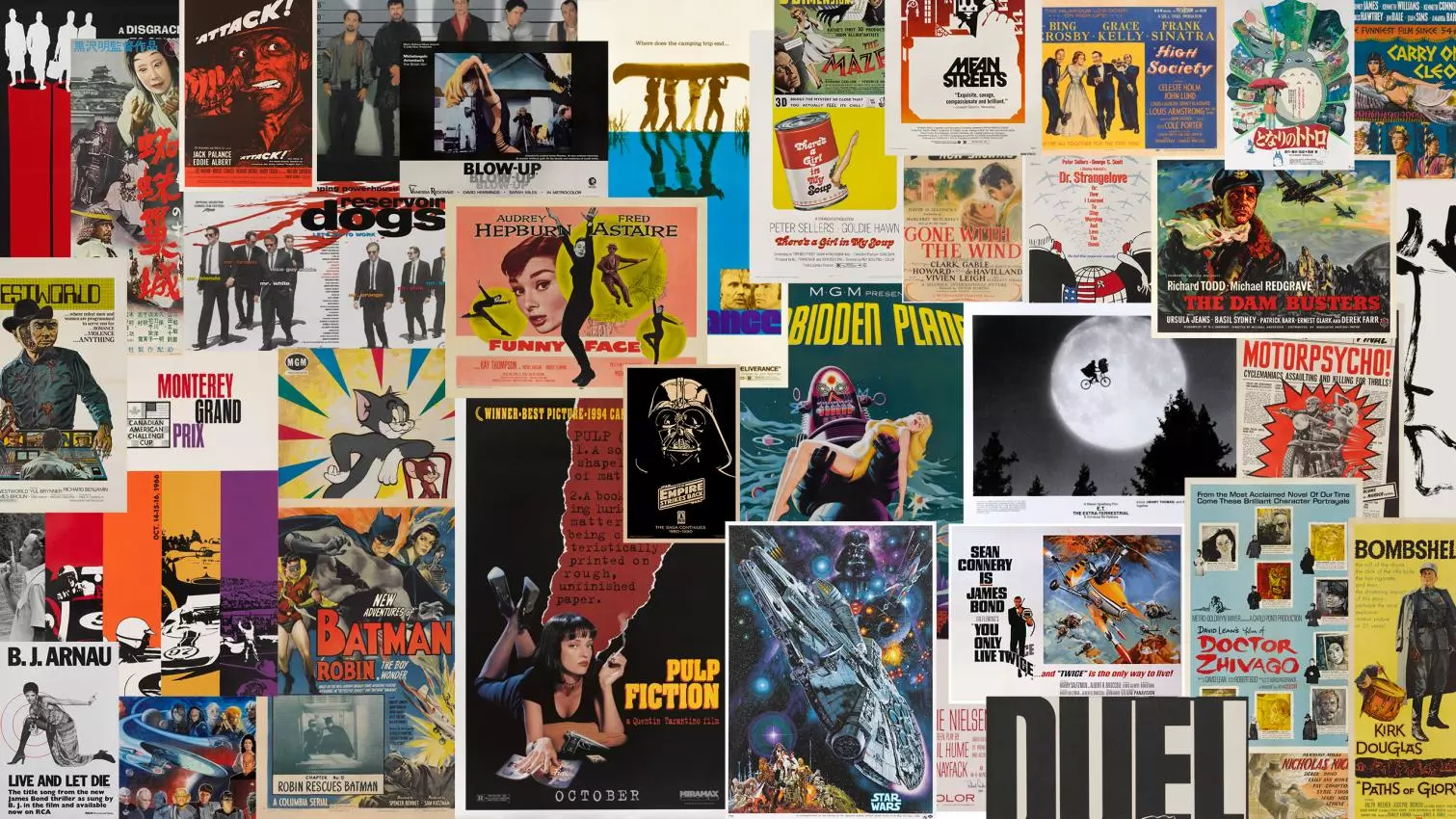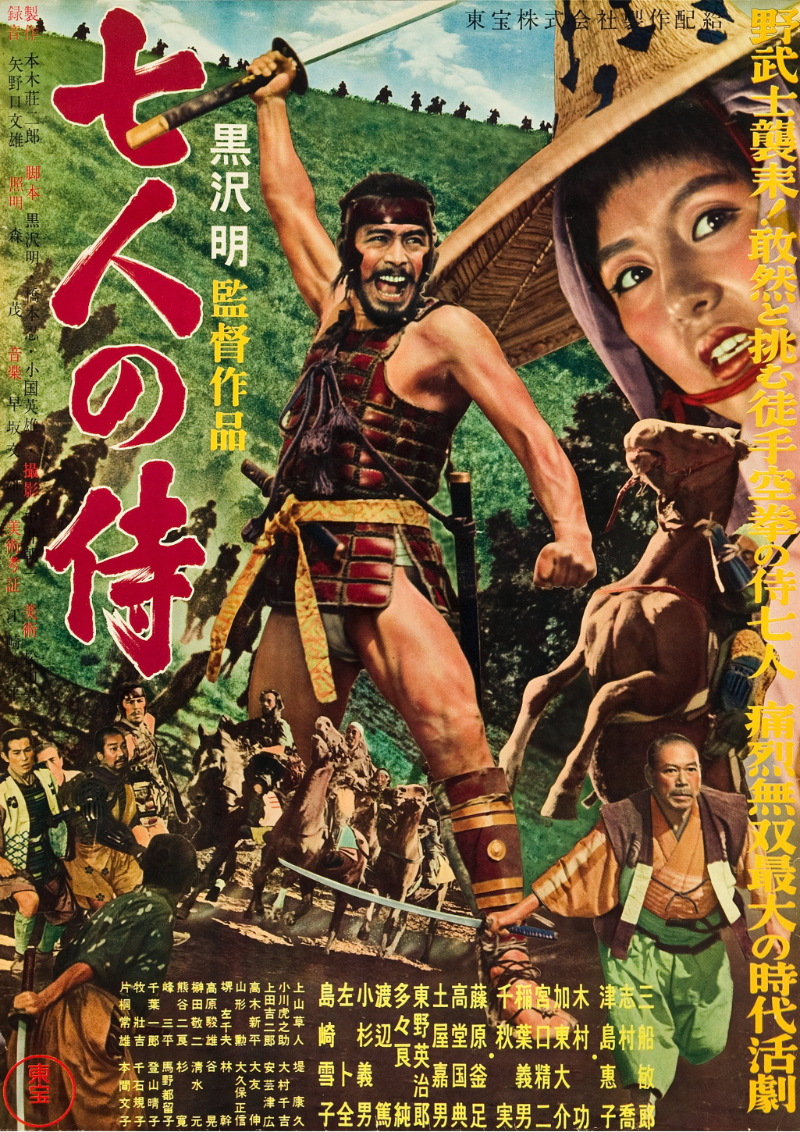Discover the top Japanese movies of all time. We explore the films that have left a mark on the global stage that sets Japanese movies apart. Our carefully selected collection showcases the cultural richness that define Japanese filmmaking.
Tokyo Story (1953)
Yasujiro Ozu's magnificent "Tokyo Story" is unquestionably one of the gleaming jewels in the crown of Japanese cinema. This touching drama, coming from the Land of the Rising Sun, is as relevant and well-loved today as it was upon its release. Notably, "Tokyo Story" has the ability to deeply resonate with audiences, captivate their hearts, and provoke thought on familial relationships.
Its narrative is focused on an elderly couple and their interactions with their grown-up children, addressing the gap that often exists between different generations. The portrait painted in the film is both moving and sobering. It is a touching exploration of family ties that examines the trials of ageing, the passage of time, societal changes, and the inevitable evolution of relationships.
It probes into the warmth of familial love, the weight of neglect, and the pain of loneliness, providing a subtle yet profound commentary on life, love, and ageing. What makes "Tokyo Story" universally significant is its transcendent theme that effortlessly conquers cultural barriers.
It gently reminds us of the value of time, the fleeting nature of life, and the importance of cherishing our loved ones while they are still with us. No matter where you are in the world, the film's poignant message will strike a chord. So, if you are in pursuit of a thought-provoking cinematic experience, then Yasujiro Ozu's "Tokyo Story" should be your go-to choice. Its timeless nature and universal relevance ensure that it remains one of the ultimate masterpieces of Japanese cinema.

Seven Samurai (1954)
When discussing the top Japanese movies of all time, one cannot neglect to mention the brilliance of Akira Kurosawa's timeless classic film, "Seven Samurai". Creative, innovative and powerful, this masterpiece, which saw its big screen debut in 1954, is best described as a unique blend of expert storytelling, commanding performances, and high-intensity action sequences.
It is a testament to a different era in film, where black-and-white cinematography ruled the day and the art of storytelling was not only respected but also celebrated. This film, with its memorable characters and beautifully orchestrated battle scenes, stands out both in Japanese cinema and the wider realm of global film. Moreover, it was Kurosawa's skilful hand that was said to have led the way for Japanese cinema to gain global recognition.
With "Seven Samurai", Kurosawa not only mastered the screenwriting and directing of the film but also took charge of the combat choreography, resulting in scenes that were as intense as they were meticulously planned. The storyline centres around a small farming village. Feeling the pinch of constant harassment by local bandits, the villagers make the bold decision to hire seven wandering samurai to act as their defenders.
This simple yet powerful premise has been replicated numerous times across the world through various remakes, adaptations, and influenced works. Despite these numerous attempts, none have been able to surpass the emotional depth, powerful performances, and cinematic brilliance that "Seven Samurai" offers. The influence and prominence of "Seven Samurai" extends far beyond its home country, resonating with audiences and film industries worldwide.
It has set a high bar and is often used as a prime example of exceptional Japanese film production. Its lasting legacy is a tribute to the extraordinary genius of Kurosawa and his crew. Their commitment to quality and regard for details, on and off-screen, contributed to making "Seven Samurai" the cinematic masterpiece it is considered today. For these reasons, "Seven Samurai" unequivocally maintains its position as a leading example of Japanese film production.

Akira (1988)
When talking about Japanese cinema, the conversation would not be finished without mentioning the groundbreaking anime, "Akira", released in 1988. This fascinating dystopian cyberpunk film proved to be more than just an animated movie, it became one of the pinnacle achievements in the animation medium. "Akira" showcased the true potential of animation in storytelling, illustrating to the world that animation could transport viewers to a different universe, providing them with a sparkling, vibrant, yet intensely dark narrative that was unparalleled in its uniqueness at that time.
The film carried a tremendous depth in its storyline that both intrigued and captivated audiences, making it a signature piece in Japanese cinema. The international release of "Akira" proved seminal, leading to the global surge of interest in anime. It broadened the perception of animation and revolutionised the perspective on what animated films could achieve. Prior to "Akira", anime was a relatively niche genre, but with its release, it catapulted into mainstream global cinema, carving a permanent space for itself.
Furthermore, "Akira" was not only entertaining, but it also served as a defining portrayal of technological advancement. It predicted a post-apocalyptic Tokyo that was rendered with such a stunning level of detail and sophistication, that it was hard not to be awestruck. Continuing its legacy, "Akira" continues to inspire generations of future filmmakers. It is a benchmark of achievement, constantly referenced and returned to as a source of inspiration.
The film's influence has been nothing short of monumental and is likely to continue in the coming years. Considering its revolutionary role in animation history, a top Japanese movie list would certainly be incomplete without "Akira".

Hana-bi (1997)
Takeshi Kitano's "Hana-bi" holds an eminent position among the top Japanese movies of all time and is integral to modern Japanese cinema. Released in 1997, the film showcases a dynamic juxtaposition of soft, contemplative moments interwoven with Kitano's emblematic brutal violence. This unique blend results in profound storytelling, showcasing the multifaceted life of a remorseful yakuza and his wife who is inching towards her life's end due to a terminal illness. "Hana-bi" masterfully amalgamates contrasting emotions of melancholy, humour, and tension.
These elements are woven together so skilfully, that one cannot help but be immersed in the potent narrative. The film's characters are complex and thoroughly nuanced, adding layers to the narrative that pull on the audience’s heartstrings. The eponymous yakuza finds himself in the depths of regret and his wife's ticking time bomb of a diagnosis compounds his internal turmoil. This multi-layered plot propels the narrative forward, and the viewers are on this harrowing journey, along with the characters.
"Hana-bi" is not only an exposition of life and its multifarious dimensions, but it is also a deep dive into the themes of love and consequence. Love, in the film, is represented in its purest form even amidst the harsh realities of life. It represents how intricate and intertwined the emotions of love can be with despair and hope alike.
Consequences, on the other hand, are depicted as inevitable and heavy. Kitano not only addresses the hefty price one has to pay for one's actions but he also explores how these actions and their associated consequences can affect those around them. Crafted with innovative storytelling techniques, precise directorial vision, and gripping performances, "Hana-bi" is the epitome of cinematic excellence. It's a meticulously constructed exploration of life and its nuances that offers more than just entertainment. It provides a riveting analysis of human emotions, challenging us to think, feel, and empathise.

Ringu (1998)
"Ringu", a seminal 1998 horror film, certainly deserves its place on any esteemed list. Unsettling audiences worldwide, this supernatural horror sensation has not only triggered a torrent of remakes but also revolutionised the genre from its very core.
Unusually menacing and inescapably haunting, the horrifying narrative of a cursed videotape that promises a grim fate to anyone bold enough to watch it has seeped into the collective consciousness of film lovers globally, thereby carving an unparalleled niche for itself in the highly competitive cinematic universe. "Ringu" does not seek to shock or churn out momentary sensations of dread.
Instead, it meticulously focuses on the nuanced craft of establishing an atmosphere laden with cold terror, an eerie foreboding that builds up incrementally only to persist even when the final credits roll. The graphic images, the nerve-rattling narrative and the macabre world it enriches all come together in a formidable package of bone-chilling horror.
"Ringu" takes its time to introduce the fearsome element, and the delayed revelation adds to the overall sense of unsettling anticipation making it a definitive horror classic. A timeless piece in the annals of horror cinema, "Ringu" continues to resonate with audiences long after its initial release.
Original Vintage Movie Posters for Sale
We created this website to provide a vintage movie poster guide. If you have an interest in classic movie posters from the 1950s, 1960s or 1980s, we hope you will learn more about the most popular posters of the period.
Take a sneak peak at some of the posters we have in stock here. However, if you have a film in mind and don't see it here, please get in touch as we'd be happy to locate it for you.
Are you interested in Japanese movie poster collecting? We hope you have gained useful information from this article discussing: Are vintage movie posters valuable? Follow the links below to discover more about collectable movie posters.

